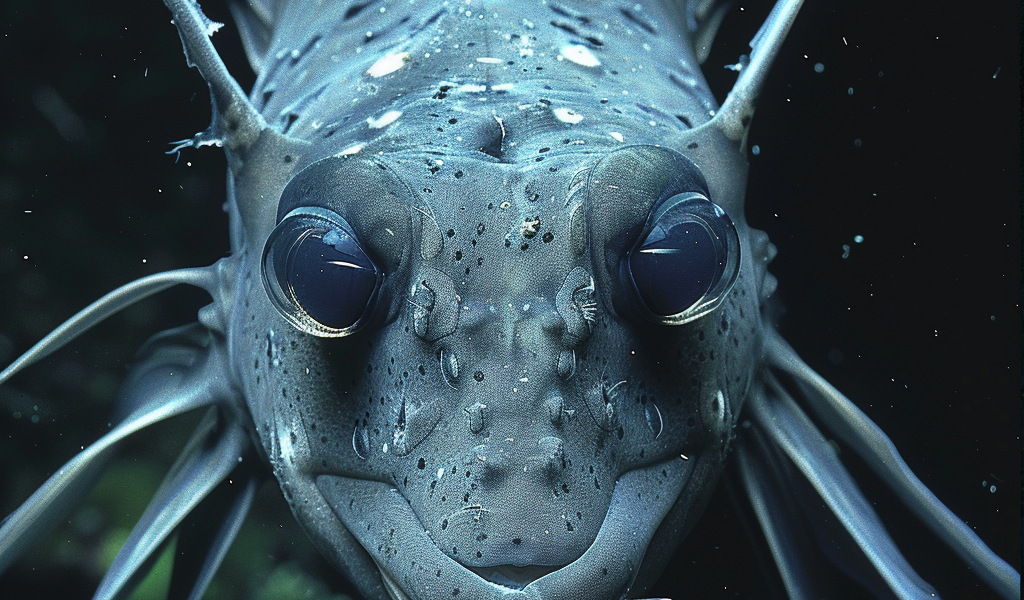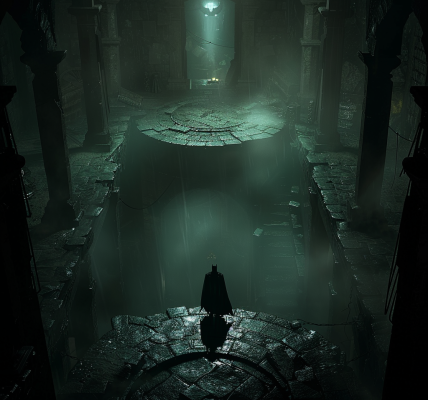A new species of deep-sea chimaera with a ghoulish appearance has been discovered in the Andaman Sea off the coast of Thailand. Scientists have found this elusive deep-sea creature, named Chimaera supapae, with a massive head, giant, iridescent eyes and feathery fins.
Chimaera supapae is a cartilaginous fish in the order of the oldest fishes alive today, Chimaeriformes. These ancient fish are distant relatives of sharks and rays. The discovery was described in a paper published in the journal Raffles Bulletin of Zoology on March 6.
David Ebert, the lead author of the study and program director of the Pacific Shark Research Center at San Jose State University in California, mentioned that chimaeras are rare in the region and the discovery of Chimaera supapae brings the total known species of chimaera to 54.
These ghostly figures are found at depths below 1,640 feet (500 meters) in the dark waters of the deep-sea, where they feed on bottom-dwelling animals such as crustaceans, mollusks and worms. Their deep-sea nature makes them difficult to find, especially in the Andaman Sea, where depths in some areas exceed 14,500 feet (4,400 m).
The common names of chimaera—ghost shark and ratfish—come from their big, reflective eyes and rat-like, tapered bodies. Some species can grow up to 6.6 feet (2 m) long.
The dead immature male specimen was discovered as part of a deep-sea survey project carried out in 2018. The scientists collected it during a bottom trawl in the Andaman Sea between 2,533 and 2543 feet (772 to 775 m).





